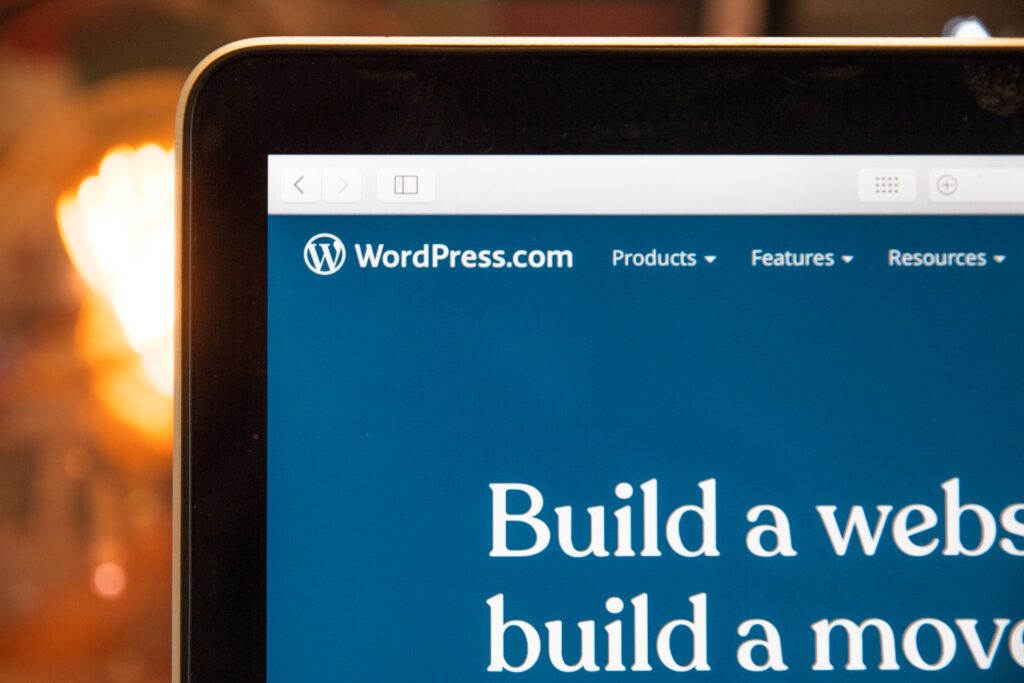Custom website pages are crucial for website owners and designers because they allow them to create unique and personalized content that engages visitors and sets their website apart from others. Custom pages can include landing pages, sales pages, about pages, and any other page that is tailored to the website’s specific goals and audience.
WordPress page builder plugins provide an easy and efficient way for website owners and designers to create custom pages without needing to have extensive coding knowledge or skills. These plugins offer drag-and-drop interfaces that enable users to easily add and arrange elements on their custom pages, such as text, images, videos, buttons, and more.
In this article, we will explore the best practices and tips for creating effective custom pages with WordPress page builder plugins. We will also provide an overview of the top WordPress page builder plugins that you can use to design your own custom pages. Whether you are a website owner, marketer, or designer, this article will provide you with the information you need to create custom pages that engage visitors and achieve your website’s goals.
Why use WordPress page builder plugins for custom pages
Using WordPress page builder plugins for custom pages has many benefits. First, these plugins are designed to be user-friendly and intuitive, even for those who do not have extensive coding experience. With drag-and-drop functionality and pre-designed templates, users can quickly and easily create professional-looking custom pages.
Second, WordPress page builder plugins offer a high degree of flexibility, allowing users to customize their pages to meet their specific needs and preferences. This includes the ability to add and edit various elements on the page, such as text, images, videos, forms, and more.
Finally, it is essential to ensure that custom pages are designed with responsiveness in mind. WordPress page builder plugins enable users to create custom pages that are optimized for all devices, including desktops, laptops, tablets, and smartphones. This ensures that visitors can access and interact with the custom page no matter what device they are using.
Best practices for designing custom pages with WordPress page builder plugins
To create effective custom pages with WordPress page builder plugins, it is important to follow some best practices:
- Use a clear and consistent layout: A clear and consistent layout helps visitors navigate your custom page easily. Use headings and subheadings to break up text, and use white space to create a balanced layout.
- Keep the user experience in mind: When designing custom pages, focus on providing an intuitive and seamless user experience. Consider the user journey, and ensure that the page is easy to navigate, with a clear call to action.
- Use appropriate typography and color schemes: Typography and color schemes can have a significant impact on the visual appeal of your custom page. Choose fonts and colors that align with your brand and create a cohesive look.
- Use high-quality images and videos: High-quality images and videos can make your custom page more engaging and increase the time visitors spend on the page. Use images and videos that are relevant to the content, and optimize them for fast loading times.
- Optimize your custom pages for fast loading times: Slow loading times can negatively impact user experience and lead to higher bounce rates. Optimize your custom page for fast loading times by compressing images and minimizing the use of large files.
By following these best practices, you can create custom pages that are visually appealing, easy to navigate, and optimized for user experience and fast loading times.
Tips for optimizing custom pages built with WordPress page builder plugins
Optimizing custom pages built with WordPress page builder plugins is important to ensure that your website performs well and provides a great user experience. Here are some tips for optimizing your custom pages:
- Use SEO-friendly URLs and meta descriptions: SEO-friendly URLs and meta descriptions can improve the visibility of your custom pages in search engine results. Use clear and concise URLs and meta descriptions that accurately describe the content of the page.
- Optimize images and videos: Large image and video files can slow down your website’s loading time. Optimize your images and videos by compressing them, reducing their size, and choosing the appropriate file format.
- Use caching and compression: Caching and compression can help improve website performance and reduce page load times. Use a caching plugin to store frequently accessed files, and use compression to reduce the size of those files.
- Use responsive design: Responsive design ensures that your custom pages display correctly on all devices, including desktops, tablets, and smartphones. Use a responsive theme or template, or choose a page builder plugin that offers responsive design options.
- Use a content delivery network (CDN): A CDN can improve website speed by caching content and delivering it from a server closest to the user’s location. Use a CDN to speed up your website and improve the user experience.
Conclusion
Custom pages are an important element of a website’s design, and using WordPress page builder plugins is a great way to create them. These plugins offer many benefits, such as ease of use, drag-and-drop functionality, and flexibility. Additionally, they help ensure that your custom pages are responsive and optimized for fast loading times.
To create effective custom pages, it is important to follow best practices, such as using a clear and consistent layout, optimizing images and videos, and using SEO-friendly URLs and meta descriptions. By following these practices, you can create custom pages that are visually appealing, easy to navigate, and optimized for user experience and fast loading times.
We encourage readers to start using WordPress page builder plugins to create effective, user-friendly, and optimized custom pages for their websites. There are many great options available, such as Elementor, Beaver Builder, and Divi. Experiment with these plugins to find the one that best meets your needs.
For further learning and exploration, we recommend checking out online tutorials and resources, such as the official WordPress documentation, YouTube videos, and online courses. With the right tools and knowledge, anyone can create custom pages that enhance their website’s design and user experience.


